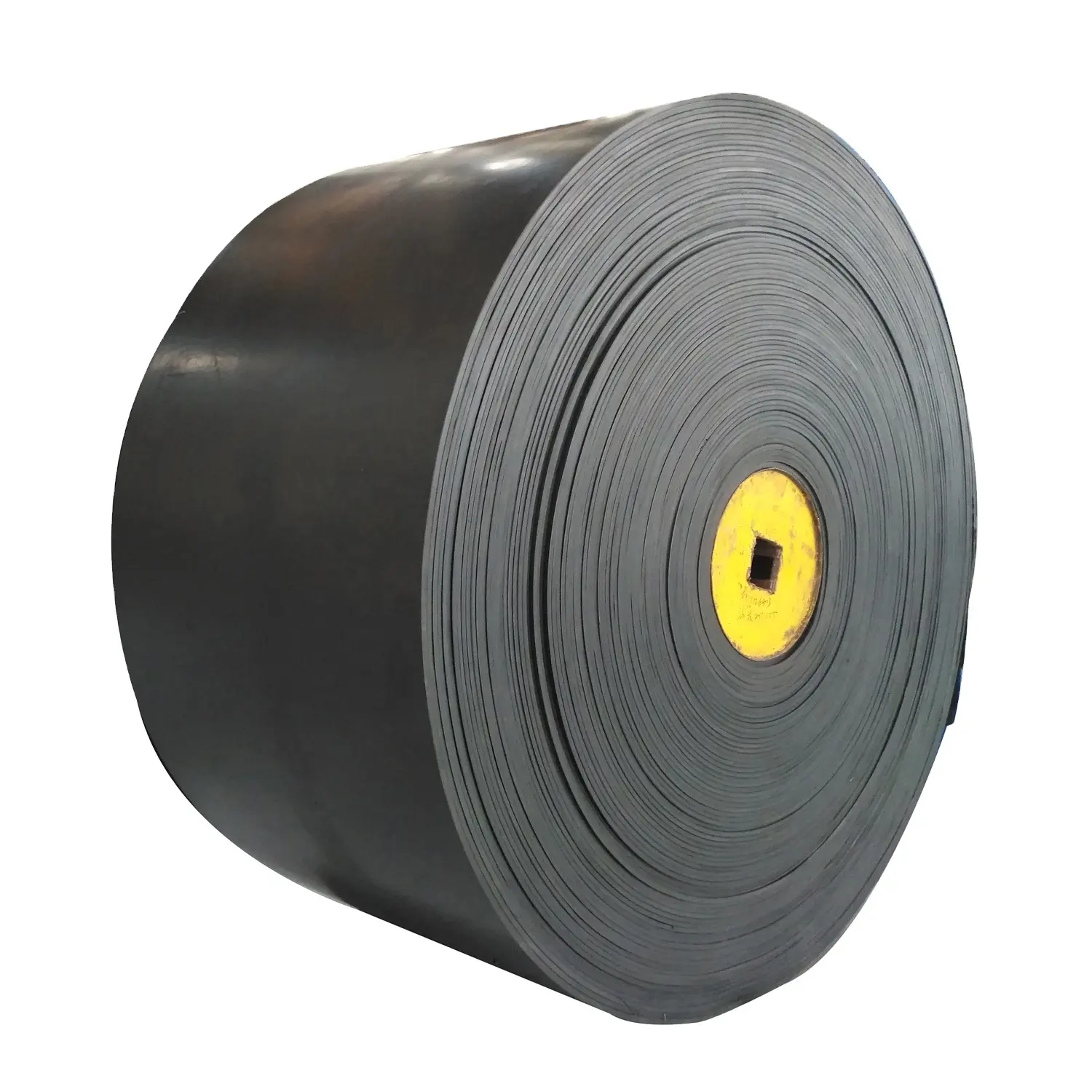| AI for Business & Tech blog
In manufacturing, the name of the game is optimization. With many complex processes working together to build a product or solve a logistical issue, cutting even a little waste can turn into big savings over days, weeks and months.
A major revolution in manufacturing optimization was automation, in which machines carried out the process of building products without as much human intervention. As the manufacturing sector grows, businesses look for more ways to make building products easier and more cost-effective.
That’s where autonomous systems come in. By adding AI to machines, processes or lines, manufacturers have a new weapon in their fight for optimization and efficiency. Engineers are using these new tools that can adjust to their environments and adapt in real time to better meet operational objectives. This stands to disrupt not only how we think about industrial processes, but how humans and machines can work together for maximum impact.
Manufacturers know that there are limits to automation—namely, that it’s limited in flexibility and requires high levels of precision and unchanging operating conditions. Think about a modern car assembly line: As a car moves down the line, everything must be just right: location, angle, position. If something is even slightly off, the machines responsible for any aspect of that car can, and probably will, miss their mark (or signal for a human to intervene).
The next step in the evolution of these automated systems is “autonomous” systems. Instead of the automation of a predetermined set of steps, autonomous systems use AI to learn from their environments and engage them dynamically. These machines adopt strategies, rather than rote recipes for action, and then execute them in response to their environment.
Intelligent, autonomous machines can learn to account for challenges like resource scarcity, managing fail-safe conditions and adaptive object manipulation. To accelerate this learning, Microsoft has pioneered a method that allows control and process experts to teach the AI agent using their own expertise. This allows the AI agent to learn similarly to how a human would: a little at a time, based on a lesson plan from an expert. This includes getting feedback and using that feedback to improve. This AI training methodology allows the most expert engineers to impart their wisdom to the AI agent without needing a data science background, to get the AI agent trained quickly.
The AI agent can then be deployed to assist or advise humans or even work autonomously to optimize a system or process to significantly reduce waste, cost and time.
| AI for Business & Tech blog
| Heidi Kenyon – Content Designer, Modern Work Customer Co-Innovation
| Nick McQuire – Director, Enterprise AI and Innovation Marketing
| Eric Horvitz – Chief Scientific Officer
Follow us:
Share this page:
Related posts
- Conveyor Belt Fabric11 product
- Rubber Conveyor Belt33 products
- PVC/PU Conveyor belt11 product
- Transmission belt22 products
- V-Belt11 product
- Timing belt11 product
- Conveyor System99 products
- Roller / Idler1010 products
- Pulley22 products
- Belt Fastener44 products
- Vulcanization Splicing / Repair11 product



